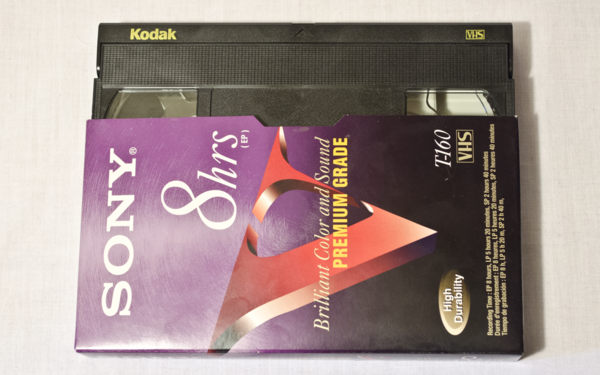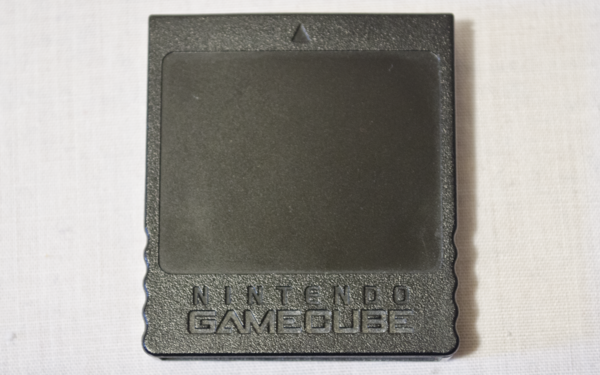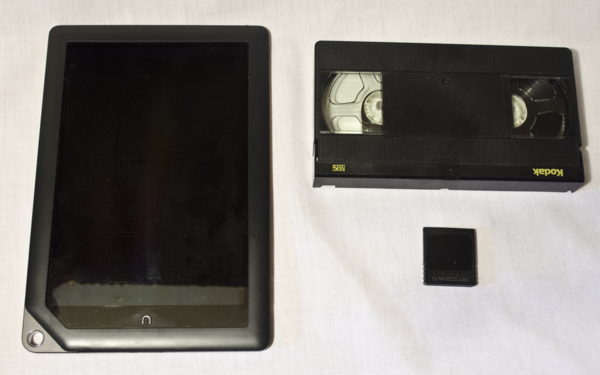Unlimited Content in a Limited World
Posted on May 4, 2015

As technologies change, the ways that we share information and data with each other is forced to change with it. People are always finding new ways to consume and distribute information, while the creators of that information are forced to make new ways to control the spread of their content. The rapid advancement of technology has caused information’s distribution to expand beyond any imaginable control.
What does this mean for the future of entertainment, and what can the average independent artist or developer do about it? More than you’d probably expect.
Home video

When the VHS video tape was invented and first distributed for public consumption, it lead to new questions about the morality and legality of copying and sharing information.
Although Disney is now remembered as a leader in the home video market, Disney had a lot of trouble making a decision about distributing their old movies on tape. Their business model before the advent of VHS focused on re-releasing their movies on an annual schedule. This relied on the assumption that people who missed out on seeing a certain Disney movie a few years ago would go to theatres to watch the new release.
When the home market for VHS began developing, Disney was initially hesitant to release their films on tapes for mass consumers to buy. Their fears revolved around the idea that if they released movies on video tape, it would ruin their potential theatre revenue - once people had the chance to buy a permanent free ticket to their favorite movie, there would be no point to go to the theatre for subsequent re-releases.
Disney assumed that VHS tapes would have lasted indefinitely, and therefore that Disney movies would become heirloom items that would never be purchased again. They couldn’t see into the future and understand the re-release potential that future video formats like DVD and Blu-Ray would have provided; even VHS would eventually degrade and require re-purchasing over years of use. Annual “upgrades” to their product in the form of Platinum or Diamond Editions generate even more revenue flow, even if these so-called upgrades damage the original integrity of the product with sometimes pointless digital enhancements (read more here about why the 1992 Pinocchio re-release was different from the one in theatres).
Gaming

Early video gaming was dominated by pay-to-play arcades. These arcade games demanded money for each play, and had no way of saving progress - if you lost, you had to cough up another quarter for another try. The home console market, on the other hand, was born with the idea that you own the game permanently. While arcades and theatres could control how, when, where, and how much you paid to play, having a home console allowed you unlimited playtime for no added cost.
With the rise of home gaming came the rise of savable games. Although the earliest “save” systems were password-based and not true saves to memory, they were a dramatic improvement over arcades and added the possibility for longer, more story-based games. Zork was one of the earliest games to feature a full-fledged save system, allowing for a massive game with huge amounts of detail to be explored.
As save games progressed to cartridge-based games, limits on save game slots was imposed to save on memory. For most games, a maximum of four people could share a copy with their own independent save slots allowing for four individual games. Even then, some games still only allowed a single save game - the most prevalent example being the Pokémon series, which also required buying multiple copies of the different versions.
When disc-based video game formats overtook cartridges, games became even more shareable due to the creation of memory cards. With memory cards, you could freely share copies of your games among your friends and family. A memory card allowed for a game to have virtually unlimited saves (provided you had enough memory cards). You could let your friends borrow your game copies and not have to worry about saves being overwritten or deleted.
The Fate of DRM

As video game technology continued to develop and PC gaming began to overtake consoles, the concept of virtually unlimited game copies was completely stymied by a new practice: DRM.
With DRM, the paradigm shifted back to one person only having one game. You could not share digital copies of your games with friends in any capacity, nor could you even have multiple copies on your own computers - for DRM systems like SecuROM, you were limited to five installs maximum. This was the beginning of an unfortunate new trend in digital rights management, trying to control a product that had an infinite amount of copies.
Poor DRM implementation spreads out to concepts like e-books, as well. Before the creation of digital books, books were tied to libraries and bookstores; places that could control how often you can own and read books and even revoke your access to books. With the digitization of books, they have been tied down to the same idea that you theoretically have unlimited shareable copies of this digital item and yet are still forced to only “have” one. Even e-book readers try to reinforce this idea, being heavily branded as “your” e-book reader, to presumably emotionally prevent sharing the reader between friends.
As digital distribution continues to overtake the physical, even more worrying trends are beginning to pop up. Early access games are becoming commonplace - if a user pays an early price and purchases the game before release, they are given access to early unfinished builds while the game is being developed.
Unfortunately, this has lead to games being stuck in near-permanent limbos of development with no end in sight. People who buy into these early access betas frequently do not understand that the games are heavily unfinished and feel disappointed when many of the game’s imagined features have yet to be implemented.
Solutions for the Indie Artist

These digital items all ask the same burning questions: What can be done about the unlimited market? How can digital items, with virtually infinite copies being available for distribution, be controlled? These are questions that, as of yet, don’t have clear answers. But there are solutions in the mean time, for small producers of content. One such solution is the focus on small: indie games, short films, novellas, and more.
This is the concept of small, low-budget projects produced over a relatively short period of time for limited distribution. In opposition to high-budget, multi-person projects that require huge amounts of time to complete, a small project needs only a single person with drive and passion.
Although the idea of making less product for less money seems counterproductive to the goal of maximizing profit, the recent success of phone apps proves that this is a viable market strategy. If two content producers are to make the same amount of product, but one is paid for in small micropayments while the other is a large lump sum investment, the latter is far more likely to be pirated. Independent game developers, writers, and filmmakers are discovering that releasing their products in bite-sized chunks instead of one huge lump at a time leads to greater interest and profit compared to setting up a huge hurdle for people to jump.
Of course, this leads to pain on behalf of customers and consumers, who are growing more and more aware of the ways that these kind of payment plans can be played for scams. Games advertised as free-to-play often come with massive monetary walls, with cashless players being mocked and scorned, playing a game that isn’t even fun without the requisite fee. The rise of e-books means the fall of borrowing: books are more accessible to those who can’t read, but less so to those who can’t afford it. And ultimately, short films become a sea of noise, with budgets too high to meet and projects too large to finish.
But still, ultimately, it comes down to creators recognizing their responsibility to create a product that is both accessible and interesting. When it comes to the world of entertainment, a small budget and a small time investment combined with lots of long-term emotional value and emotional connection is the formula for indie success. Indie games that try their hardest to imitate AAA titles, independent films that try to reach Disney-quality 3D, and stories written to be the next Harry Potter: these all flop horribly, as they cannot keep up with what is expected in terms of monetary and labor costs. What the industry needs - whether it be for video games, books, films, or more - is more small complete projects, and less failed massive ones.
Even if you’ve got your enormous pet project that you want to be your magnum opus, it doesn’t hurt to take some time off to finish something small. A little bit of passion will always be better than a lot of white noise.
Categories: retro
Tagged: game design